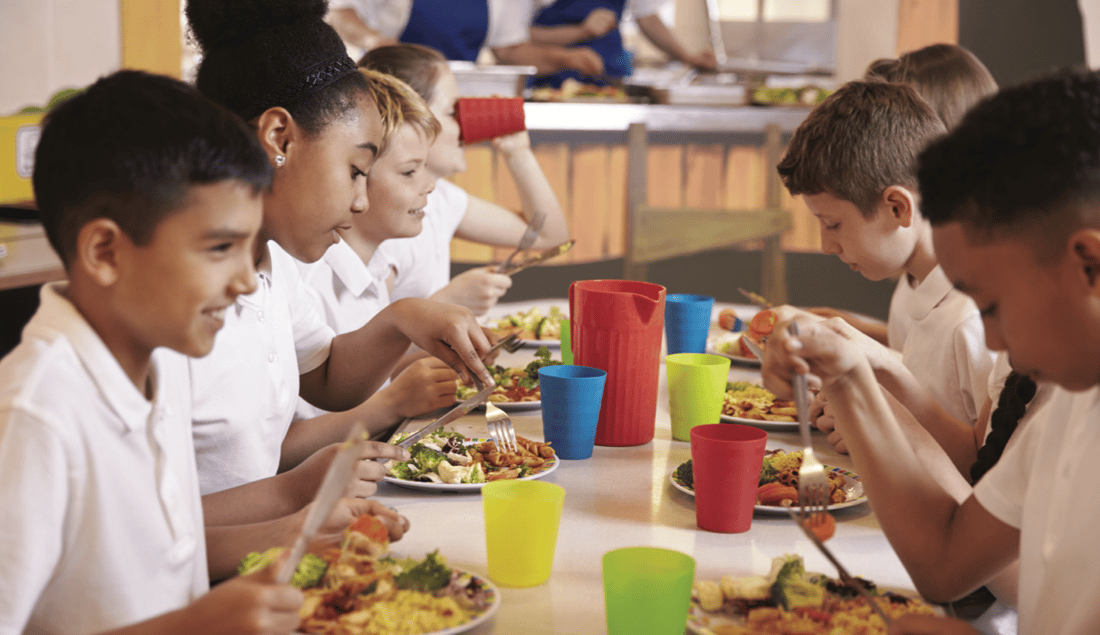When you think about blenders in commercial or institutional foodservice operations, you probably think about blended drinks like daiquiris or smoothies. You might imagine small batches of soups or salsas. Maybe you even conjure up images of grinding down spices.
The types of operations you might expect are bars, coffee and smoothie shops, fine dining restaurants, or even dessert kiosks at the mall. While all of these are expected, blenders can also be used for a much wider range of applications, and one of those operation types is a K-12 school cafeteria.
By their nature, blenders are used to break down, emulsify, liquefy, and process foods that are typically fresh. Blending vegetables into salsa or pasta sauce, or turning fruit into a breakfast beverage are both processes that turn nutritious raw ingredients into menu items. And the key word here is nutritious.
Kids are smarter than ever. Rather, their palates are smarter. Whether it be shifting demographics used to familiar flavor profiles or a student body that is just more educated on food, students are looking for things that taste good. They like food that's delicious.
At the same time, school nutrition directors are on the hook to provide foods with high levels of nutritional value. Soups, smoothies, dips -- all are items that can help deliver.
 And one essential piece of equipment that can bring great flavors and healthy foods together is a blender from Vitamix Commercial.
And one essential piece of equipment that can bring great flavors and healthy foods together is a blender from Vitamix Commercial.
Whether it's one of Vitamix's most popular models or a different model, a blender can help operators efficiently create large batches of staple menu items, foods that are healthy and whole-food based, foods that kids will actually eat.
When you use a Vitamix blender, you can reduce food waste by using ripe fruits and vegetables, creating items like açai bowls, salsas, sorbets, and more -- all in a single blender.









